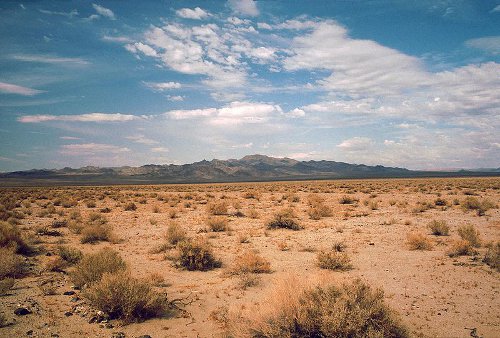
Feeling mischievous in 1874, Nevada journalist Dan De Quille invented the story of Jonathan Newhouse, “a man of considerable inventive genius” who waded into Death Valley wearing “solar armor,” essentially a suit made of sponge that was wetted continually from an india-rubber sack. “Thus, by the evaporation of the moisture in the armor, it was calculated might be produced almost any degree of cold.”
De Quille published a deadpan report of the tragic outcome in the Territorial Enterprise of July 2: Newhouse’s corpse was found 20 miles inside the desert, “dead and frozen stiff.” “His beard was covered with frost and — though the noonday sun poured down its fiercest rays — an icicle over a foot in length hung from his nose. There he had perished miserably, because his armor had worked but too well, and because it was laced up behind where he could not reach the fastenings.”
Amazingly, even in the heyday of newspaper hoaxes this was largely taken seriously. Scientific American reported it without comment, and London’s Daily Telegraph wrote only that “we should require some additional confirmation before we unhesitatingly accept it.”
De Quille obliged, reporting that Newhouse’s carpet-sack had been found to contain a collection of chemicals that the inventor had apparently combined into “some frigorific mixture.” Apparently he had been wetting the suit with this, not with water, and had inadvertently drenched himself with it while trying to unlace the suit. Whether this satisfied the Telegraph is unclear — they never responded.
